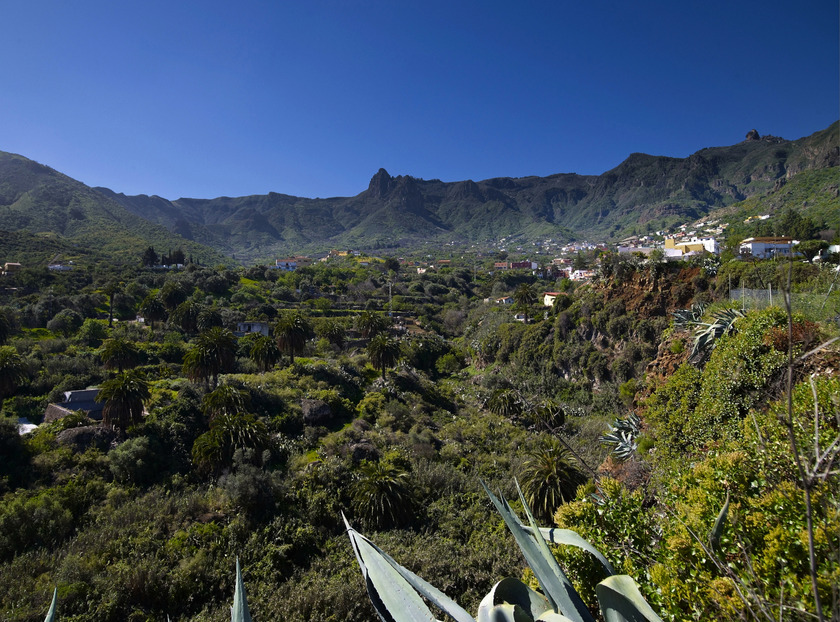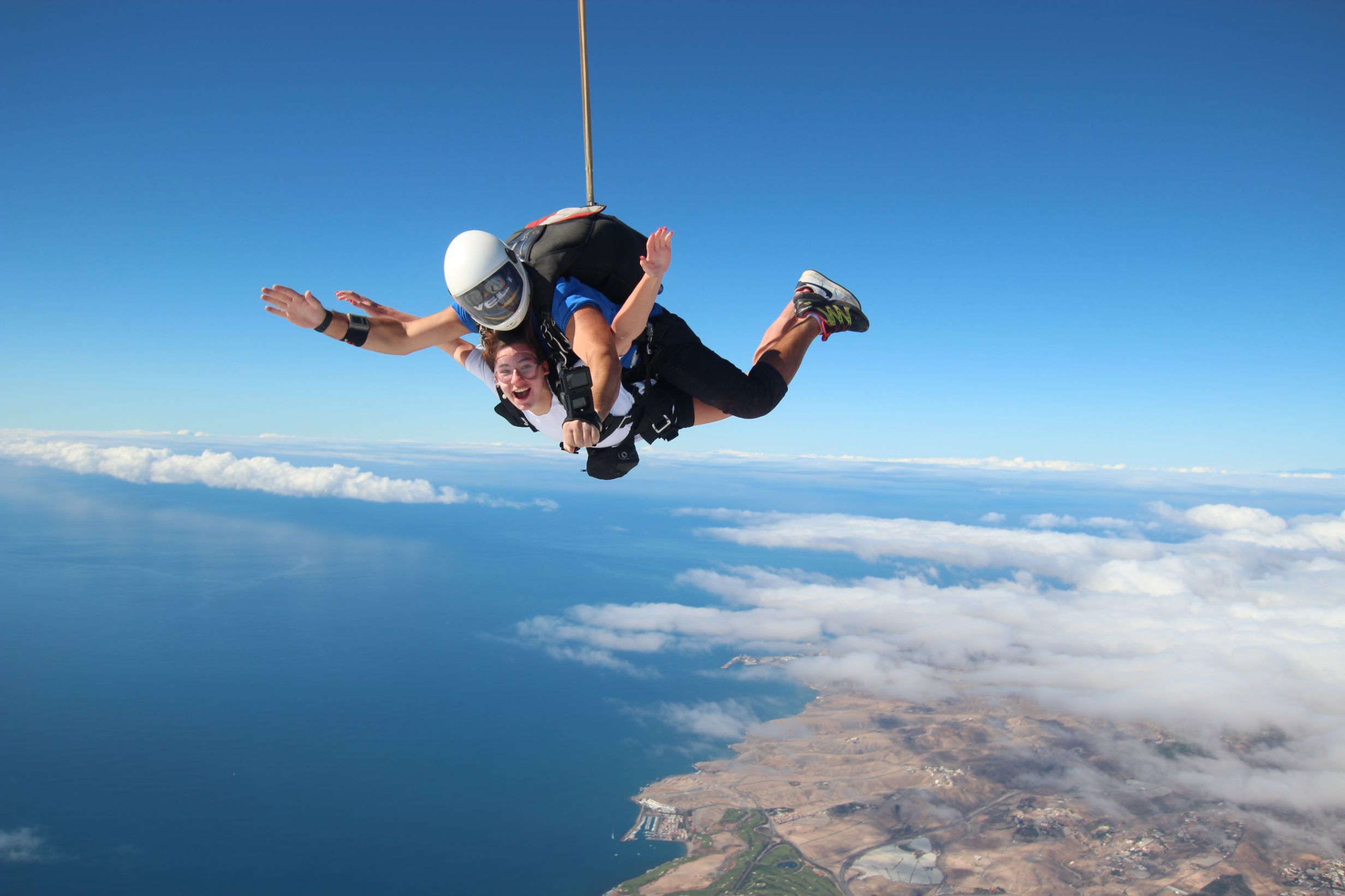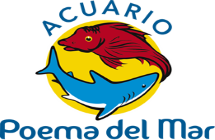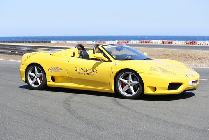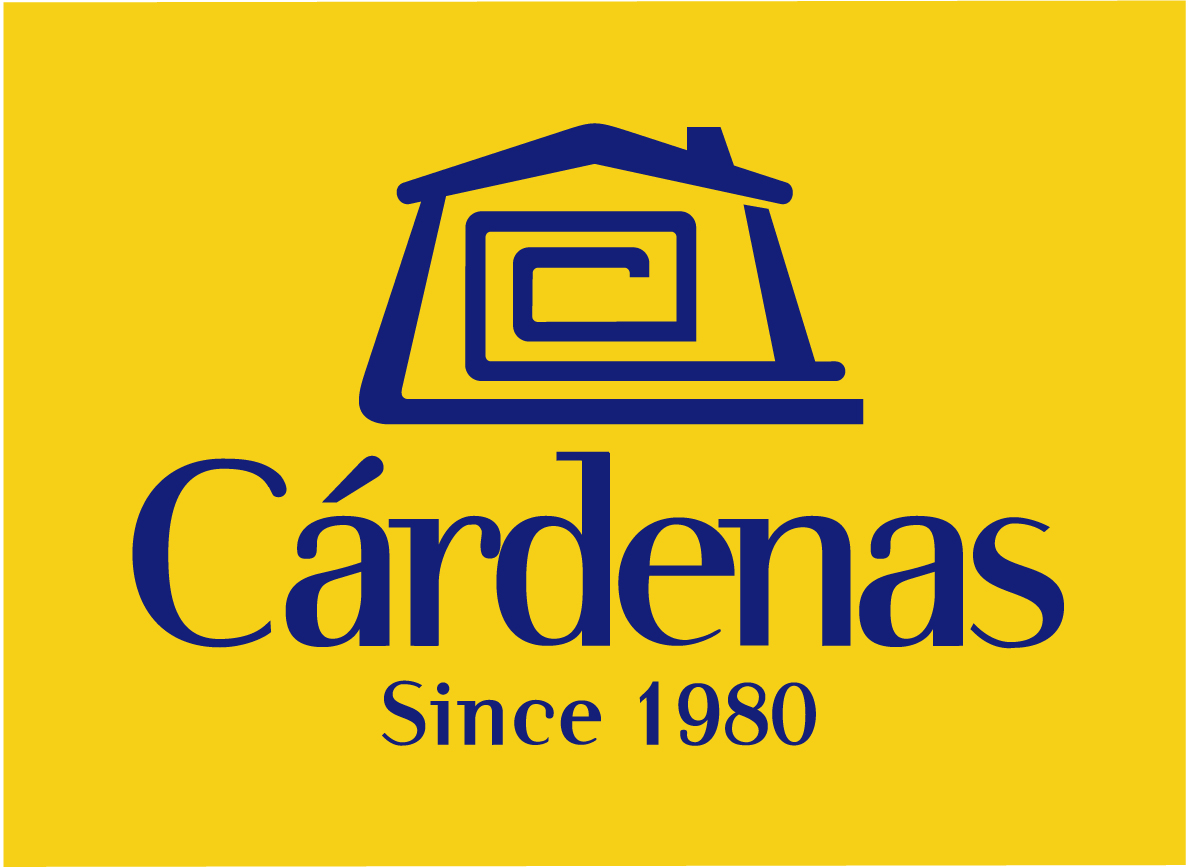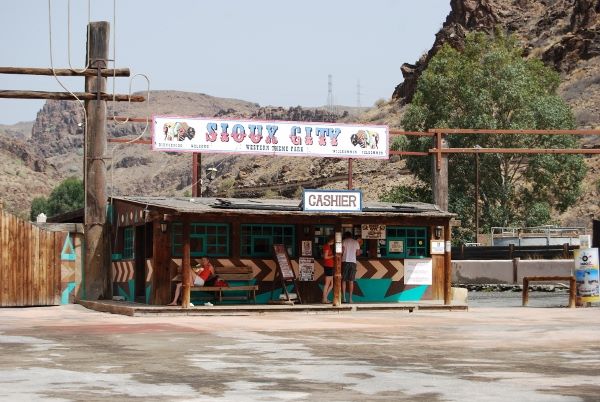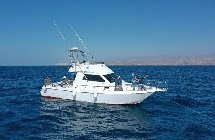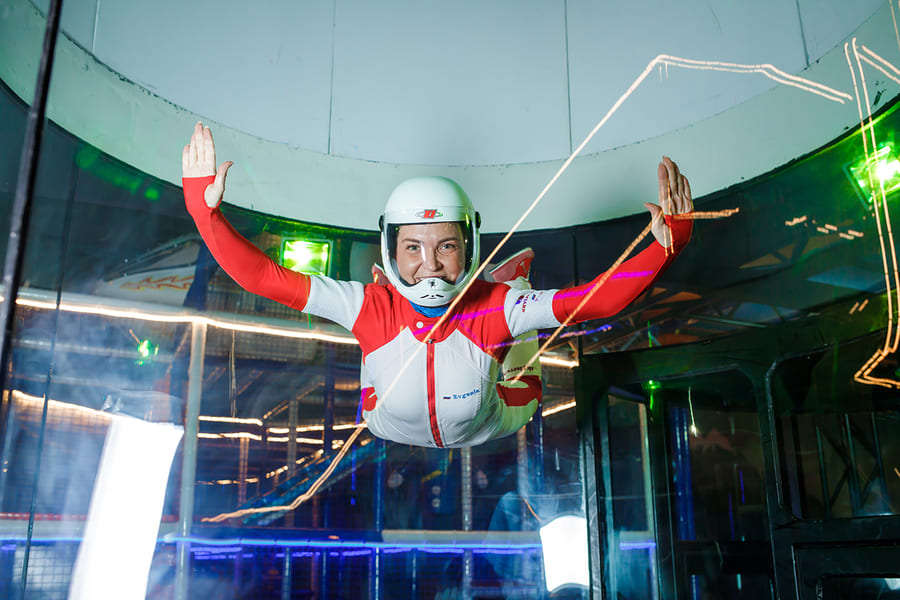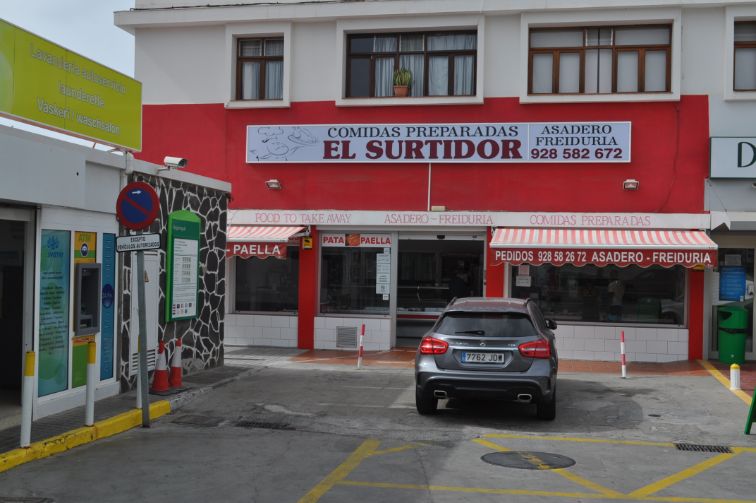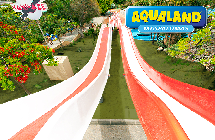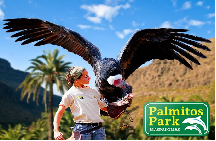Hiking Route 5. Tenteniguada - Valsequillo
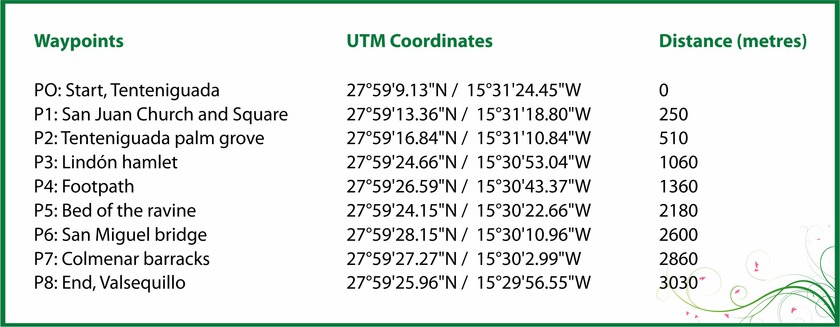 Starting point:
Starting point:
Tenteniguada Altitude: 801 m
Destination:
Valsequillo Altitude: 538 m
Total Distance: 3060 m
Time to cover the Route: 50-60 minutes
Direction of the Route: W-E
Net Difference in Altitude: 237 m
Difficulty rating: Low

![]() This route is of huge cultural and ethnographic importance, as it has historically communicated the two main centres in the municipality. A glance at the cobbles on the footpath leading down to the bed of the Teneteniguada ravine enables us to observe an excellent job by the masons, which is also very well preserved. Local people gave this footpath two names, which take us back to the past: “Camino de las Casas” (Path of the Houses) or “Camino de los Médicos” (Path of the Doctors).
This route is of huge cultural and ethnographic importance, as it has historically communicated the two main centres in the municipality. A glance at the cobbles on the footpath leading down to the bed of the Teneteniguada ravine enables us to observe an excellent job by the masons, which is also very well preserved. Local people gave this footpath two names, which take us back to the past: “Camino de las Casas” (Path of the Houses) or “Camino de los Médicos” (Path of the Doctors).
We start from point: P0 Start along a paved section that crosses the town of Tenteniguada. This path is the stage of the annual “Almond Festivity”. After 250 m, the first stop is the church of San Juan Bautista (Saint John the Baptist) (Image F2) and the square of the same name, point: P1 San Juan Square. This is the site of the patron saint’s festivities every 24th June. The temple is recent, from the early twentieth century: it was consecrated by Bishop Marquina in 1917, coinciding with the Saint John festivities of that year. The most interesting aspect of the Church is an image in the sixteenth century Castilian style, known as “San Juan el Chico”, representing the Baptist as a child.
We now leave the town and after walking 260 m, we will be able to see the Tenteniguada Ravine from an agricultural area, point: P2 Tenteniguada Palm Grove, with the Tenteniguada erosive Caldera forming a scenic background. This Palm grove of Phoenix canariensis (Canary Isand palm) is proof of the area’s thermophilic environment, with a curious mixture of other species such as wild olives (Olea europea cerasiformis); but also with a large presence of almond trees (Prunus amygdalus) colouring the landscape when they bloom in February.
At the end of this section, after 550 m, we shall come to several hamlets with buildings of ethnographic value. This area is known as “el Lindón cerca de las Casillas”, point: P3 Lindón hamlet.
After a further 300 m along the paved road, we shall come to a footpath on the right that will take us to the bed of the Teneteniguada Ravine, point: P4 Footpath, (Image F1) which leads us toward the bed of the Tenteniguada Ravine.
This section commences with a view of most of the geological formations of Valsequillo, such as the monolithic plug of mount El Helechal, from the late Roque Nublo Cycle, where it is believed that a native sanctuary or “almogarén” existed and, next to this, a much more recent volcanic cone called Caldereta.
The path continues bordering the edge of the ravine, while we can enjoy the view of endemic plant species, such as “espárrago llorón” (Asparagus plocamoides), or of local bird species like the common buzzard (Buteo buteo insularum) and a wide range of invertebrates.
We can see also some bee hives (that suggest the name of the next main town).
The footpath turns downhill and, after 800 m, reaches point: P5 Bed of the ravine, near a surface water pipe that crosses the ravine. The thermophilic vegetation has been replaced by species that require a more humid habitat. There is also a strong presence of eucalyptus trees that provide shade to travellers. The eucalyptus tree is controversial; of Australian origin, it was introduced precisely in order to provide shade on the roads, from where it has spread all over the island.
The route runs along the bed of the ravine for about 420 m, leaving Colmenar Alto neighbourhood on the right until we pass under San Miguel Bridge, point P6 San Miguel bridge. (Image F3). This is a stone and lime bridge with two arches measuring 13 metres high, 7 metres wide and 34 metres long.
We can divert to the right side of the ravine to observe a hydraulic mechanism known as the mill of the Perez (also called the San Miguel Bridge, Conchita or Colmenar mill). The water that powered the mill was also used by laundresses to wash clothes.
We shall continue along the bed of the San Miguel Ravine, where we can enjoy a level of biodiversity regarding flora and fauna with endemic species that are exclusive to Gran Canaria.
We shall leave the bed of the ravine to head towards the Colmenar Bajo area, where we will come across rural architectural constructions of great ethnographic interest. About 270 metres from the bridge is one of the most outstanding buildings in Valsequillo from a historical point of view. This is point: P7 El Colmenar barracks (Image F4).
The original building dates from the sixteenth century (1530), and was used by a detachment of cavalry. This military complex consists of a number of buildings that remained in use by the military as a residence until the early twentieth century. Moreover, Second Lieutenant Antonio Pérez Gutiérrez, grandfather of the author Benito Pérez Galdós, was stationed here as Commander of the Militia Contingent. Currently, El Colmenar Barracks has been declared a Site of Cultural Interest by the Autonomous Community of the Canary Islands.
From this point, we shall make our way up a cement road for 170 m, enjoying the view of the ravine walls, used for livestock and agricultural purposes. We shall end the route when we reach point: P8 End, Valsequillo, on the main road from Valsequillo to San Mateo and the old quarters of the town.





